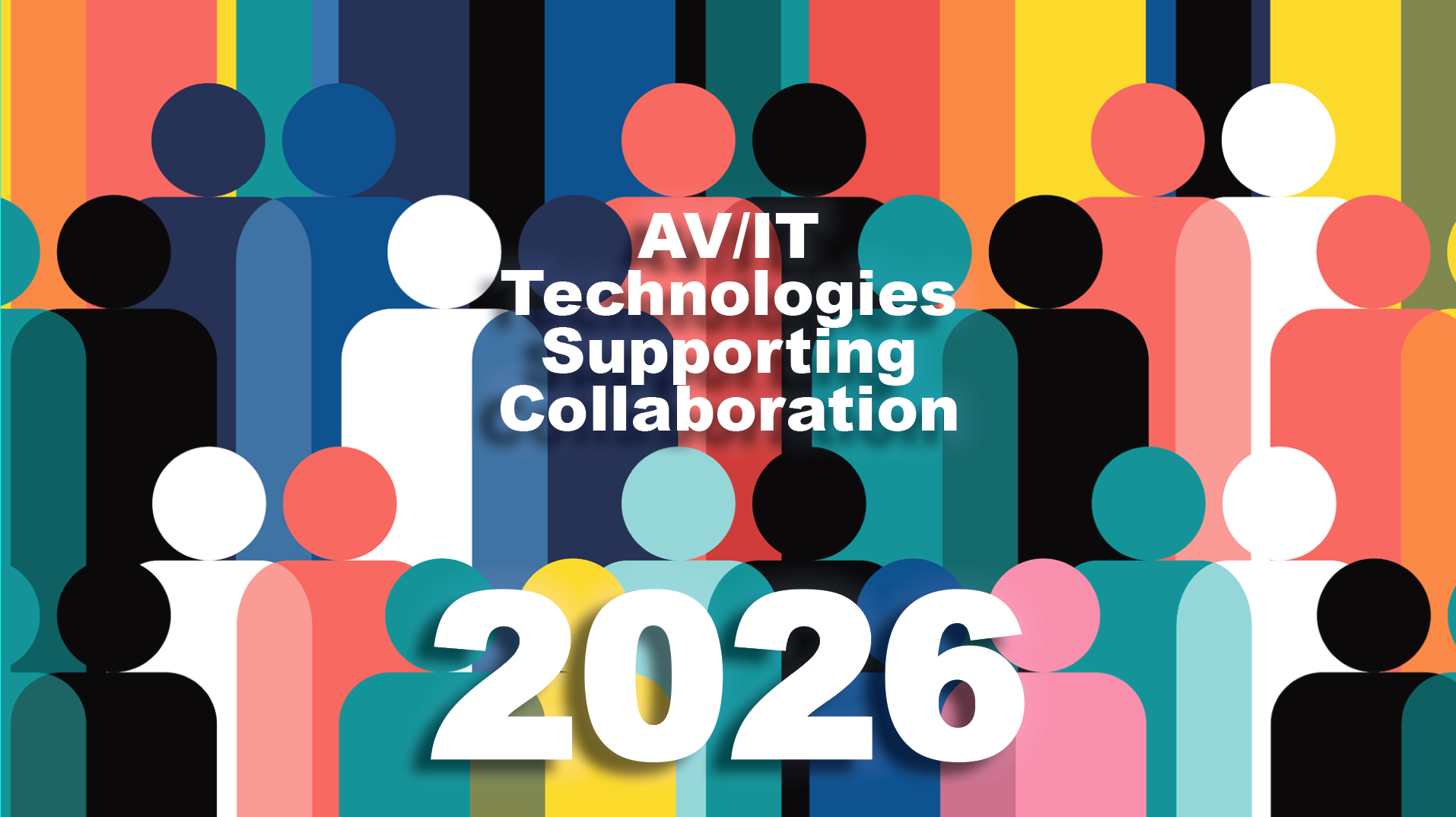On Higher Ed Tech: PPDS
Frank Trossen, Global Business Development Director, Education at PPDS shares insight into designing the higher ed classroom for today and the future. Part of AV Technology's Thought Leader Series.

AVT Question: Please share insight and best practices for designing the higher ed classroom for today and the future.
Thought Leader: Frank Trossen, Global Business Development Director, Education at PPDS
Without question, the forced lockdowns in 2020 exposed the vulnerabilities in traditional education. And while our world has, on the whole, returned to normal, we have learned how to bring some efficiency into the way education providers connect with their cohorts and communities.
"Having flexible, connected solutions in place will not only enhance teaching and learning for today, they will provide a safety net to ensure things can continue efficiently." —Frank Trossen, Global Business Development Director, Education at PPDS
There are other benefits, too. As well as providing AV and IT managers in education with a new crisis plan blueprint, the technology adopted for online lessons also allows schools the opportunity to address historic challenges around absence. Prior to the pandemic, eight million students were chronically absent—missing at least 15 days of school in a year. Post-pandemic, that number has more than doubled, putting students at serious risk of falling behind, according to the Department of Education.
Statistically, 86 percent of classrooms and teaching spaces in North America already feature an interactive display for more inspired teaching and learning, and investment into interactive has increased post-pandemic. The display is only part of the story and a much bigger picture. With advancements in technologies, coupled with evolving dedicated remote/distant learning software, the boundaries around absence can now easily be overcome.
Whether in class or isolating at home, students have the ability to join classes (including visually via two-way webcams) and collaborate directly with their teachers and fellow students, and even take control of the screen, in real-time. This can be achieved as part of the growing trend and adoption of BYOD for smarter experiences in and out of the classroom, with students using their own connected device, such as a PC, laptop, tablet, or smartphone. Meaning that, no matter where they are, falling behind can be avoided. Having flexible, connected solutions in place will not only enhance teaching and learning for today, they will provide a safety net to ensure things can continue efficiently, should the circumstances suddenly change again in the future.
A daily selection of features, industry news, and analysis for tech managers. Sign up below.

Cindy Davis is the brand and content director of AV Technology (AVT). She was a critical member of the AVT editorial team when the title won the “Best Media Brand” laurel in the 2018 SIIA Jesse H. Neal Awards. Davis moderates several monthly AV/IT roundtables and enjoys facilitating and engaging in deeper conversations about the complex topics shaping the ever-evolving AV/IT industry. She explores the ethos of collaboration, hybrid workplaces, experiential spaces, and artificial intelligence to share with readers. Previously, she developed the TechDecisions brand of content sites for EH Publishing, named one of the “10 Great Business Media Websites” by B2B Media Business magazine. For more than 25 years, Davis has developed and delivered multiplatform content for AV/IT B2B and consumer electronics B2C publications, associations, and companies. A lifelong New Englander, Davis makes time for coastal hikes with her husband, Gary, and their Vizsla rescue, Dixie, sailing on one of Gloucester’s great schooners and sampling local IPAs. Connect with her on LinkedIn.
